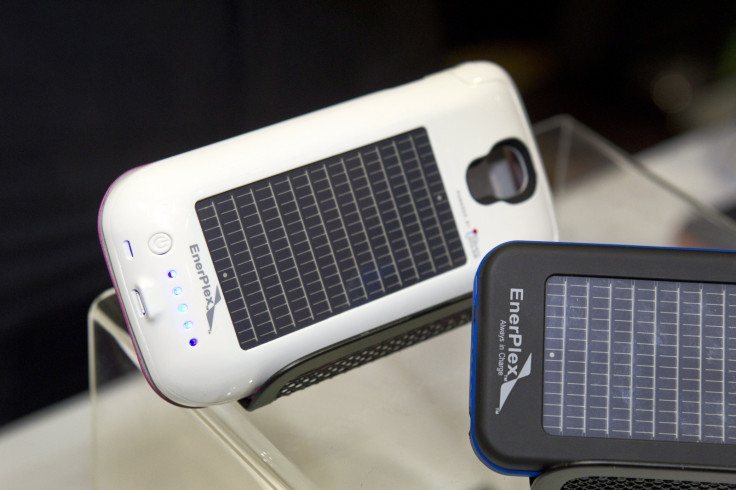Record Efficiency Of Organic Solar Cell Achieved Using Temperature Control

Scientists from North Carolina State University and Hong Kong University of Science and Technology have identified the key to improving efficiency in solar polymer cells to record levels of 10.8%.
The finding opens the way for cheap mass production of the organic polymer cells much like newspaper rolls.
Clumping of neighbouring molecules in the layers was shown to affect efficiency by the team that used temperature to control the aggregation.
Polymer solar cells are made from a controlled mixture of a polymer donor and a fullerene acceptor in a process that is delicate.
The donor polymer forms ordered clumps connected to disordered polymer molecules and the fullerene acceptor weaving around them.
The Hong Kong university team used temperature to control the size and clumping within the cell and increase efficiency to 10.8 from 9.8% recorded so far. They demonstrated this in ten different mixtures using various fullerenes and in thick films too.
Currently, the most efficient organic solar cells use any one of two different fullerenes.
The study, published in Nature Communications, now allows chemists to play with different chemical compositions in the active layer.
Thin film solar cells made by depositing one or two films of photovoltaic material usually are a few nanometres to micrometres in thickness, allowing for flexibility of use in integrated building materials and window glazings.
Efficiencies have been lesser than silicon which has recorded over 40% but thin films are less expensive to produce than traditional solar cells.
Thin film technology based on cadmium telluride has recently recorded 20% efficiency.
In comparison to metallic and inorganic thin films, organic thin film solar cells are less efficient but they are more environment-friendly and less expensive.
While organic solar cells cannot substitute for silicon cells, their use is targeted towards niche applications like recharging surfaces for laptops, phones, and to supply the power for small portable devices.
An Australian team had recently claimed to have developed a "solar ink" that allows for cheap and mass production of organic thin films. Perovskites that straddle the organic-inorganic region have also shown improving efficiency in their use as solar cell material.
© Copyright IBTimes 2025. All rights reserved.





















